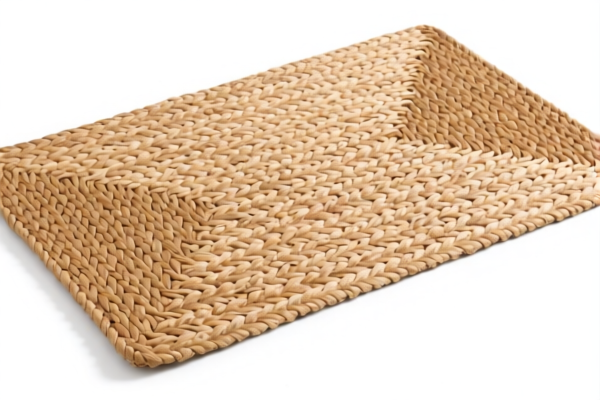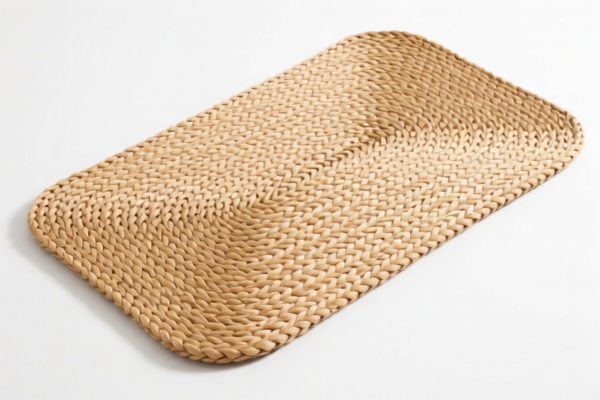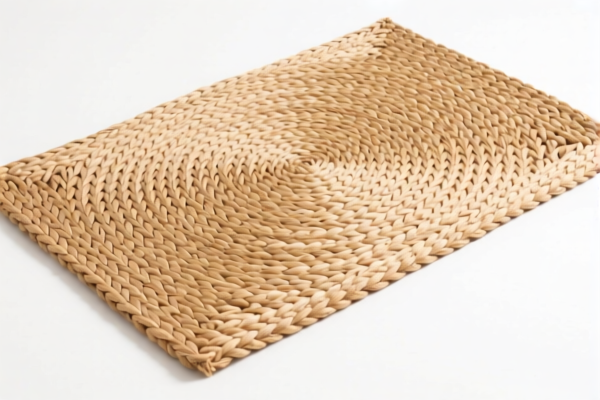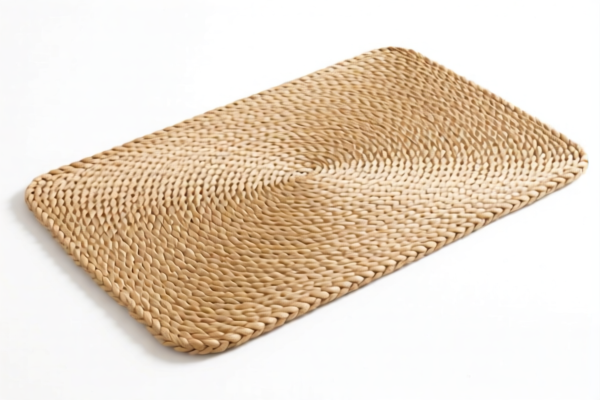| HS Code | Official Doc | Tariff Rate | Origin | Destination | Effective Date |
|---|---|---|---|---|---|
| 5701101300 | Doc | 55.0% | CN | US | 2025-05-12 |
| 5701104000 | Doc | 30.0% | CN | US | 2025-05-12 |
| 5702101000 | Doc | 55.0% | CN | US | 2025-05-12 |
| 5702912000 | Doc | 55.0% | CN | US | 2025-05-12 |
| 6805100000 | Doc | 55.0% | CN | US | 2025-05-12 |
| 6805305000 | Doc | 55.0% | CN | US | 2025-05-12 |
| 6808000000 | Doc | 55.0% | CN | US | 2025-05-12 |
| 7016100000 | Doc | 57.7% | CN | US | 2025-05-12 |
| 7016905000 | Doc | 60.0% | CN | US | 2025-05-12 |
| 6301900030 | Doc | 37.2% | CN | US | 2025-05-12 |
| 6301900010 | Doc | 37.2% | CN | US | 2025-05-12 |
| 6304920000 | Doc | 36.3% | CN | US | 2025-05-12 |
| 6304930000 | Doc | 39.3% | CN | US | 2025-05-12 |
| 9404908100 | Doc | 34.4% | CN | US | 2025-05-12 |
| 9404908100 | Doc | 34.4% | CN | US | 2025-05-12 |
| 8304000000 | Doc | 33.9% | CN | US | 2025-05-12 |




Area Rug
An area rug is a portable, decorative floor covering typically smaller than a room’s floor area, unlike wall-to-wall carpeting which covers the entire floor. They are used to define spaces, add warmth and comfort, and introduce style to a room.
Material
Area rugs are constructed from a diverse range of materials, impacting their durability, feel, and price point. Common materials include:
- Wool: Highly durable, naturally stain-resistant, soft underfoot, and provides excellent insulation. Often considered a premium choice.
- Synthetic Fibers (Polypropylene, Polyester, Nylon): More affordable than natural fibers, stain-resistant, and easy to clean. Suitable for high-traffic areas and homes with pets and children. Polypropylene is particularly common for outdoor rugs.
- Cotton: Soft, affordable, and easy to clean, but less durable than wool or synthetics. Best suited for low-traffic areas.
- Jute/Sisal/Seagrass: Natural plant fibers offering a textured, casual look. Durable but can be less comfortable underfoot and more difficult to clean. Often used in casual spaces.
- Silk: Luxurious and soft, offering a high sheen. Delicate and best suited for low-traffic areas.
- Viscose/Rayon: Offers a silk-like appearance at a lower price point, but less durable than silk.
Purpose & Function
- Define Spaces: Visually separate different areas within a room (e.g., a seating area in a living room).
- Add Warmth & Comfort: Provide a softer surface underfoot, particularly on hard flooring.
- Reduce Noise: Absorb sound, contributing to a quieter environment.
- Protect Flooring: Prevent scratches and wear on hardwood, tile, or laminate floors.
- Aesthetic Enhancement: Introduce color, pattern, and texture to a room’s décor.
Usage Scenarios
Area rugs are used in virtually any room of a home:
- Living Rooms: Under furniture groupings to anchor the space.
- Bedrooms: Beside beds, under seating areas, or as a focal point.
- Dining Rooms: Under dining tables and chairs (requires a rug large enough to accommodate chair movement).
- Entryways: To protect flooring and provide a welcoming feel.
- Hallways: To add warmth and visual interest.
- Outdoor Spaces: Specifically designed outdoor rugs made from weather-resistant materials.
Common Types
Area rugs are categorized by construction, style, and origin:
- Hand-Knotted Rugs: Made entirely by hand, these are the most valuable and durable type, often featuring intricate designs. (e.g., Persian, Oriental, Tibetan rugs)
- Hand-Tufted Rugs: Made by punching yarn through a backing material, offering a more affordable alternative to hand-knotted rugs.
- Machine-Made Rugs: Mass-produced using automated machinery, the most affordable option.
- Flatweave Rugs: Woven without a pile, offering a lightweight and reversible design. (e.g., Kilim, Dhurrie)
- Shag Rugs: Feature a long, dense pile, providing a plush and comfortable feel.
- Geometric Rugs: Feature repeating geometric patterns.
- Abstract Rugs: Feature non-representational designs.
- Traditional Rugs: Feature classic motifs and patterns.
- Modern Rugs: Feature contemporary designs and color palettes.
Area rugs fall under several classifications depending on their material and construction. Here's a breakdown of relevant HS codes based on the provided information:
- 5701.10.13.00: This HS code covers Carpets and other textile floor coverings, knotted, whether or not made up: Of wool or fine animal hair: In which the pile was hand-inserted or hand-knotted during weaving or knitting, with over 50 percent by weight of the pile being hair of the alpaca, guanaco, huarizo, llama, misti, suri or any combination of these hairs: Certified hand-loomed and folklore products. Chapter 57 relates to carpets and textile floor coverings. Heading 01 specifically denotes knotted carpets made of wool or fine animal hair with a significant proportion of alpaca, guanaco, huarizo, llama, misti, or suri hair, and requires certification for hand-looming and folklore products. The total tax rate is 55.0%.
- 5701.10.40.00: This HS code covers Carpets and other textile floor coverings, knotted, whether or not made up: Of wool or fine animal hair: Other: Hand-hooked, that is, in which the tufts were inserted and knotted by hand or by means of a hand tool (465). This also falls under knotted carpets of wool or fine animal hair, but specifically those made by hand-hooking. The total tax rate is 30.0%.
- 5702.10.10.00: This HS code covers Carpets and other textile floor coverings, woven, not tufted or flocked, whether or not made up, including “Kelem”, “Schumacks”, “Karamanie” and similar handwoven rugs: “Kelem”, “Schumacks”, “Karamanie” and similar hand woven rugs: Certified hand-loomed and folklore products. Chapter 57 again denotes carpets and textile floor coverings, with Heading 02 specifying woven carpets (not tufted or flocked), including types like Kelem, Schumacks, and Karamanie, requiring certification for hand-looming and folklore products. The total tax rate is 55.0%.
- 5702.91.20.00: This HS code covers Carpets and other textile floor coverings, woven, not tufted or flocked, whether or not made up, including “Kelem”, “Schumacks”, “Karamanie” and similar handwoven rugs: Other, not of pile construction, made up: Of wool or fine animal hair: Woven, but not made on a power-driven loom: Certified hand-loomed and folklore products. This covers woven carpets (not tufted or flocked) that are not pile construction, made of wool or fine animal hair, woven by hand (not on a power loom), and requires certification for hand-looming and folklore products. The total tax rate is 55.0%.
Important Note: For HS codes 5701.10.13.00, 5702.10.10.00, and 5702.91.20.00, the provided information specifically mentions the requirement of Certified hand-loomed and folklore products. Ensure appropriate certification is available for customs clearance.
Customer Reviews
No reviews yet.